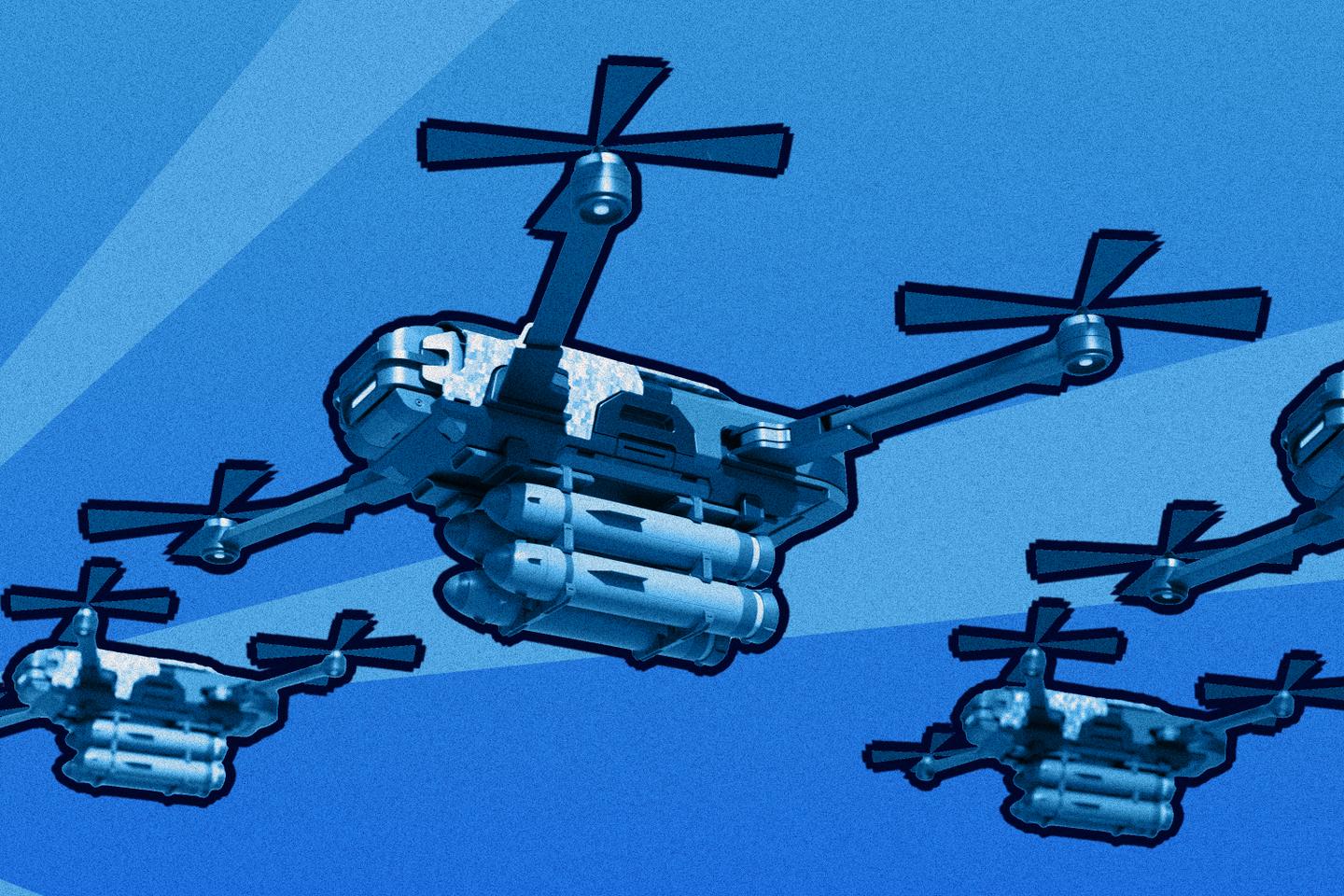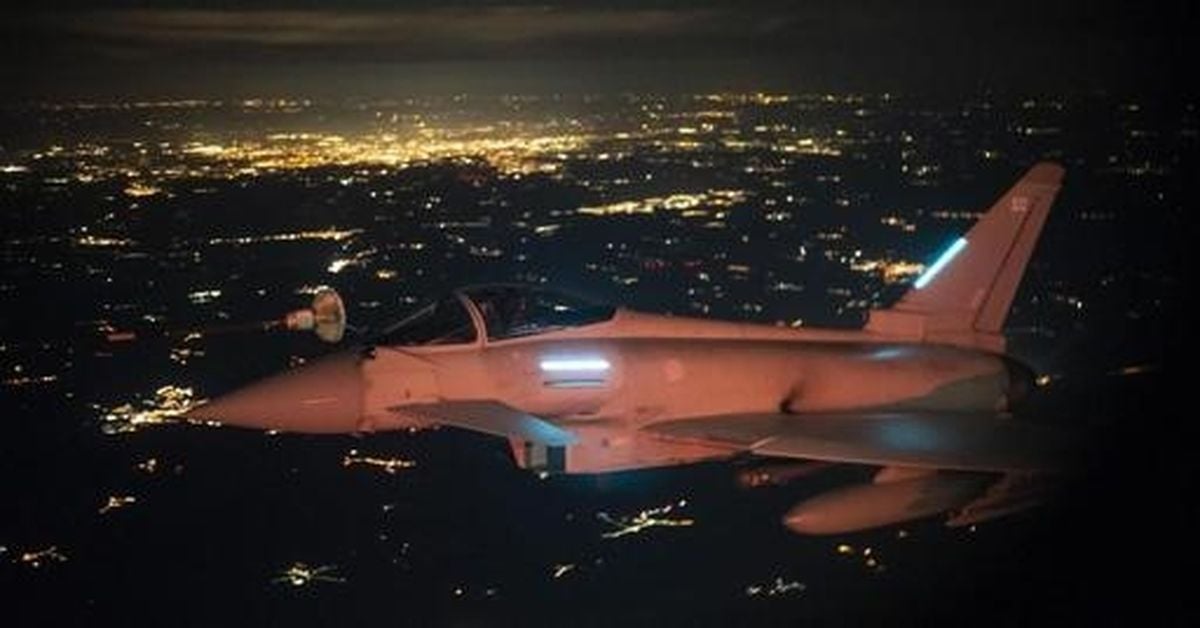NATO Grapples with Rising Russian Airspace Violations and Drone Threats
The NATO alliance is facing increasing pressure to respond to a series of airspace violations by Russian aircraft. These incursions, combined with the growing threat of Russian drones and electronic warfare, are highlighting vulnerabilities in European air defenses and spurring discussions on bolstering security measures.
Recent Airspace Incursions
Recent incidents have intensified concerns. On Sept. 9, Poland's air force shot down Russian drones that crossed into its territory. A Russian drone flew over Romanian territory on Sept. 13. And on Sept. 19, MiG-31 fighter planes were escorted out of Estonia after a 12-minute incursion.
The Drone Threat and NATO's Response
NATO has warned Russia against further airspace breaches after the incident in Estonia. However, dealing with drones presents a greater challenge than identifying threats from traditional jets and missiles. Estonian Defense Minister Hanno Pevkur acknowledged that many drones entering Poland were not detected, revealing a critical gap in air defenses.
Building a "Drone Wall" and the Need for Technology
Some European Union defense ministers are considering creating a "drone wall" along the EU's eastern border. Officials from Estonia, Latvia, and Lithuania emphasize the need for cheaper, faster-produced drone defense technology. Lt. General Andrus Merilo, who commands Estonia’s military, stresses the importance of technology that is affordable and can be produced in mass.
The Challenge of Countering Drone Warfare
Experts highlight the asymmetry of drone warfare. Kusti Salm, a former top official at Estonia's Defense Ministry, explains that Russia is using drones nightly in Ukraine because each drone represents a "lottery ticket that always wins." Either the drone hits its target, or Ukraine is forced to use more expensive missiles to shoot them down.
Technological and Logistical Hurdles
Defending against drones presents various technological hurdles. Slow, low-flying drones made of non-metallic materials can be difficult for radar systems to detect. Jamming enemy drone communications without disrupting one's own is another challenge. The Estonian military has even lost surveillance drones to Russian jamming, which has also disrupted flights.
The Need for Innovation and Investment
While NATO countries have a "very good understanding" of how to defend against conventional threats, they need to rapidly improve their ability to deal with drone threats, said Tomas Godliauskas, Lithuania’s vice-minister of national defense. Māris Tūtins, head of information analysis and operations at Latvia’s Joint Forces Headquarters, stressed that Europe needs to solve its drone problem “right now.” Experts emphasize the need for a multilayered approach to drone defense, including sensors, electronic warfare, and low-cost missiles or attack drones. Europe needs to switch to "semi-wartime thinking" and foster greater collaboration between the military, government, and defense industries to fill its technology gap.
 Visit the website
Visit the website






